Uncategorized
-
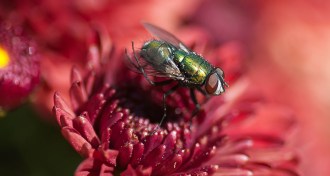 Animals
AnimalsShimmer and shine may help prey sabotage predators’ aim
Iridescent prey was more difficult to strike in a video game for birds.
By Susan Milius -
 Neuroscience
NeuroscienceNicotine exposure escalates rats’ desire for alcohol
Rats drink more alcohol after they’ve been hooked on nicotine.
-
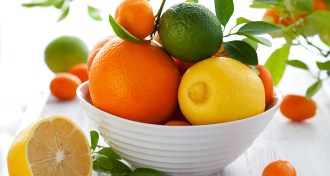 Plants
PlantsFrom lemons to kumquats, roots of citrus variety dug up
Citrus fruits’ lineage is traced through chloroplast DNA, revealing both maternal and paternal heritage.
-
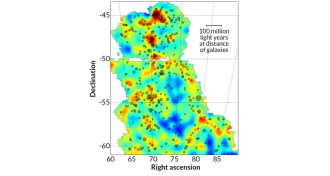 Astronomy
AstronomyMap pinpoints location of invisible dark matter
Dark matter can’t be seen, but a new map shows where it’s hiding. The map confirms that the mysterious matter is concentrated in regions that contain a lot of ordinary matter in the form of galaxy clusters.
By Andrew Grant -
 Health & Medicine
Health & MedicineGenes may influence placebo effect
Certain gene variants may predispose people to experience the placebo effect, which may have implications for clinical trials and personalized medicine.
-
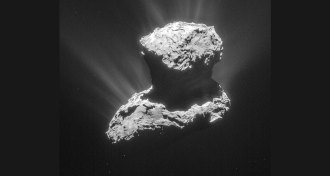 Planetary Science
Planetary ScienceComet 67P shows no sign of magnetism
Philae found no evidence of a magnetic field on comet 67P/Churyumov-Gerasimenko, but did send back some clues about its rough landing.
-
 Astronomy
AstronomyAfterglow alerts astronomers to gamma-ray burst
Astronomers have spotted the remnant glow from a gamma-ray burst without first observing its beam of high-energy gamma rays.
By Andrew Grant -
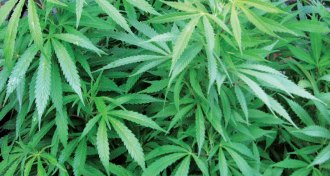 Neuroscience
NeuroscienceMarijuana component fights epilepsy
A buzz-free extract of marijuana could help epilepsy patients whose seizures resist other treatments.
By Nathan Seppa -
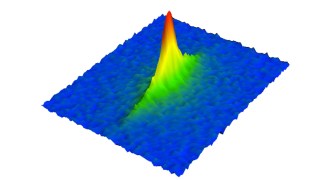 Physics
PhysicsRubidium atoms used to record coldest temperature — ever
A swarm of rubidium atoms has been cooled to about 50 trillionths of a kelvin, making it the coldest substance ever measured.
By Andrew Grant -
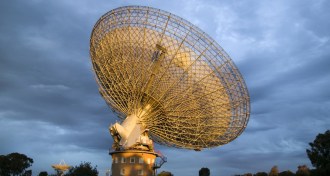 Astronomy
AstronomySource of puzzling cosmic signals found — in the kitchen
One type of radio burst has a pretty mundane origin: prematurely opened microwave ovens.
-
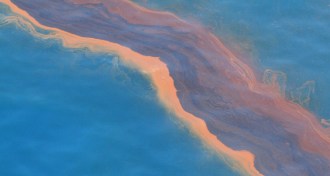 Environment
EnvironmentOil from BP spill probably sprayed out in tiny drops
Oil that gushed from the well in the 2010 Deepwater Horizon spill may have shattered into tiny droplets, with high pressures doing the work of dispersants.
By Beth Mole -
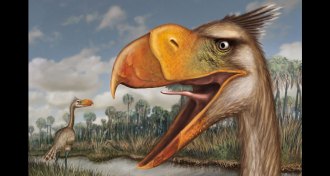 Paleontology
PaleontologyFossil reveals terror bird’s power
Bones of a new terror bird confirm the creatures used their beaks to hatchet their prey but also raise questions about what drove the birds extinct.